In a world where crime evolves at lightning speed, the role of technology in law enforcement has never been more crucial. “Exploring the Impact of Technology in Law Enforcement: Innovations Shaping Modern Policing” dives into how cutting-edge tools like AI, drones, and data analytics are transforming the way police operate, enhancing public safety and improving community relations. By understanding these innovations, you can better appreciate their benefits and implications, empowering you to engage in informed conversations about the future of policing. Join us on this enlightening journey!
Understanding the Impact of Technology in Law Enforcement
Historical Context: How Technology has Evolved in Policing
The landscape of technology in law enforcement has undergone significant transformations over the years. From traditional methods of policing to modern approaches, technology has continuously shaped how law enforcement agencies operate. This evolution is not simply a trend; it’s a necessity for effective policing in today’s fast-paced world.
From Traditional Methods to Modern Approaches
Historically, policing relied heavily on foot patrols, radio communication, and basic record-keeping. However, as crime rates increased and criminal activities became more sophisticated, law enforcement agencies began integrating technology.
Year |
Technological Advancement |
|---|---|
1960s |
Introduction of radio communication |
1980s |
Development of computer-aided dispatch (CAD) |
1990s |
Adoption of body cameras and digital record-keeping |
2000s |
Rise of predictive policing using data analytics |
2010s |
Integration of drones and AI in policing |
Key Historical Milestones:
Introduction of radio communication revolutionized real-time communication.
Body cameras established accountability for police interactions.
Predictive policing technologies emerged to analyze crime data and forecast trends.
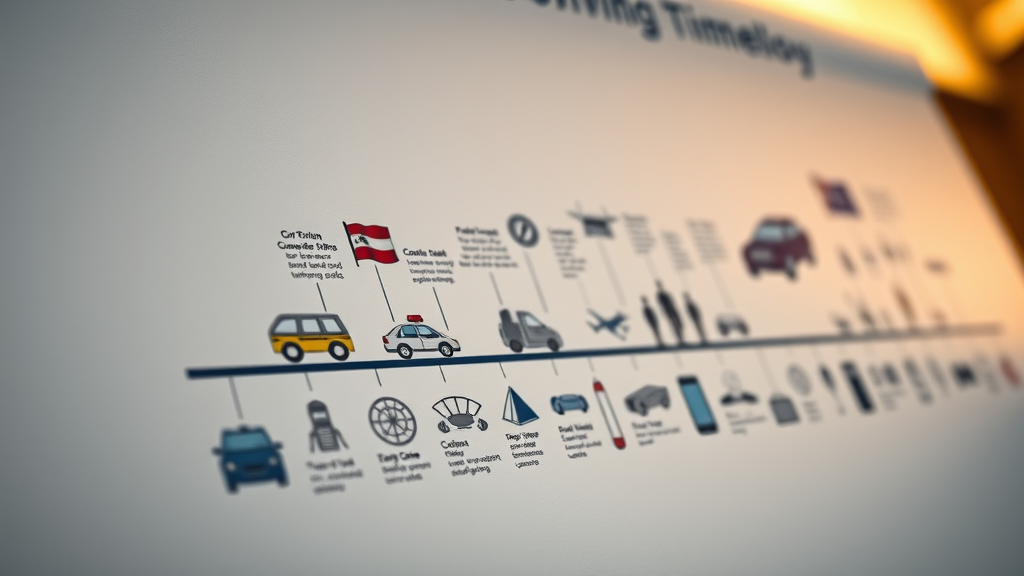
Key Technologies Shaping Law Enforcement
As we delve deeper into the technology in law enforcement, several key technologies stand out for their transformative impact on modern policing.
Facial Recognition and Surveillance Systems
Facial recognition technology has become a pivotal tool for law enforcement. It assists officers in identifying suspects quickly and accurately.
Benefits of Facial Recognition:
Instant identification of individuals in crowded places.
Enhanced ability to solve cases by matching faces in databases.
Improved public safety through surveillance systems.

Automatic License Plate Recognition (ALPR)
ALPR systems are deployed in patrol cars to capture and analyze license plates in real time.
Advantages of ALPR:
Rapid identification of stolen vehicles.
Automated tracking of vehicles in high-crime areas.
Integration with databases for instant alerts.

Gunshot Detection Systems
These systems use advanced acoustic technologies to detect gunfire and alert law enforcement immediately.
Features of Gunshot Detection:
Real-time alerts to police for rapid response.
Ability to pinpoint the exact location of gunfire.
Data collection for crime trend analysis.
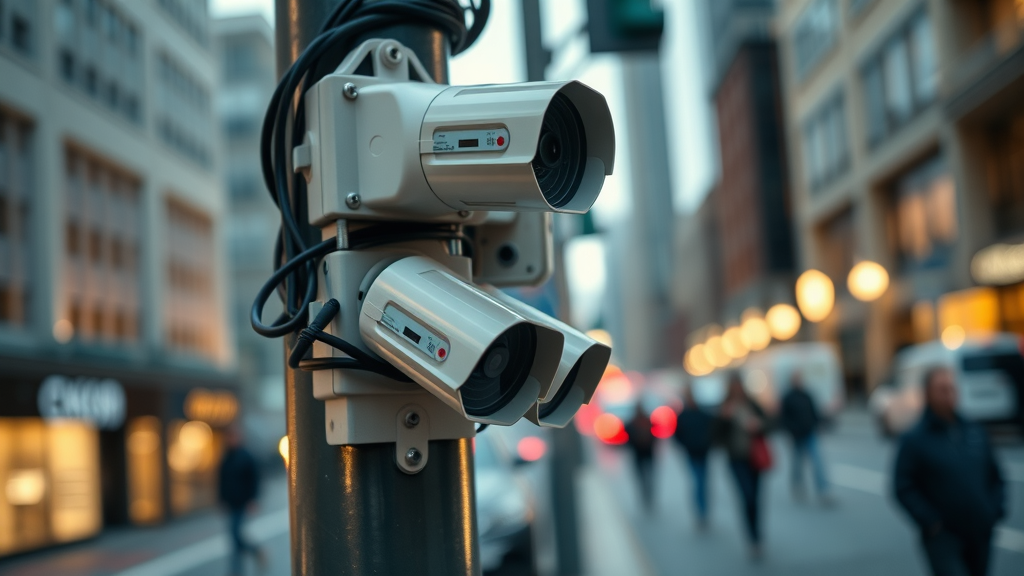
The Role of Data Analytics and Machine Learning
Analyzing Crime Data in Real Time
The integration of data analytics in law enforcement has revolutionized how agencies interpret crime data. Real-time analysis helps officers respond effectively to situations as they unfold.
Key Advantages of Data Analytics:
Identifies crime patterns and trends.
Facilitates resource allocation based on hot spots.
Enhances situational awareness for officers on the ground.
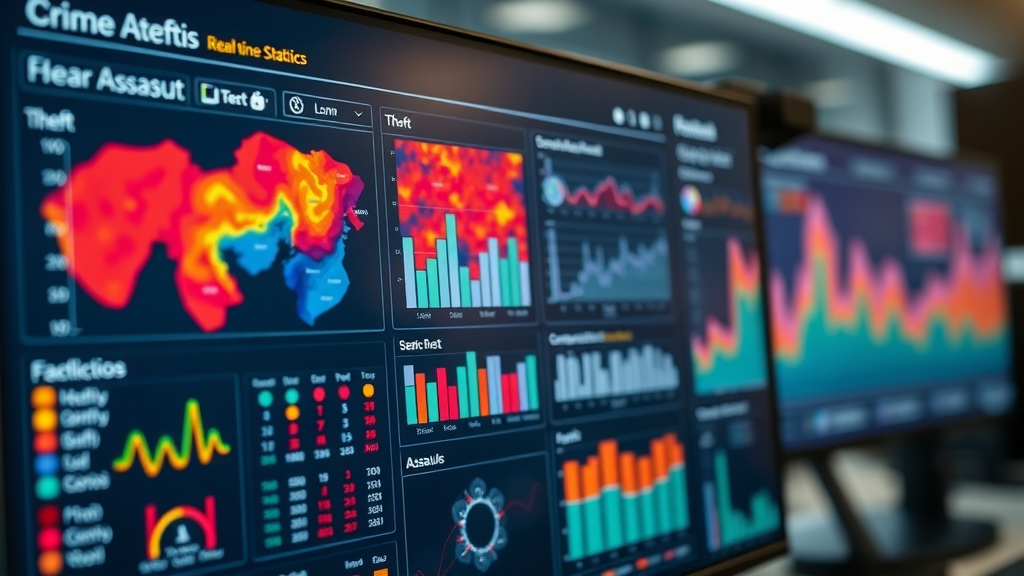
Predictive Policing: Using Data to Prevent Crime
Predictive policing is a proactive approach that uses algorithms to analyze data and forecast potential crime hotspots.
How Predictive Policing Works:
1. Data Collection: Gathering crime reports, social media activity, and environmental factors.
2. Analysis: Utilizing machine learning to identify patterns.
3. Deployment: Allocating resources to prevent crime in identified high-risk areas.
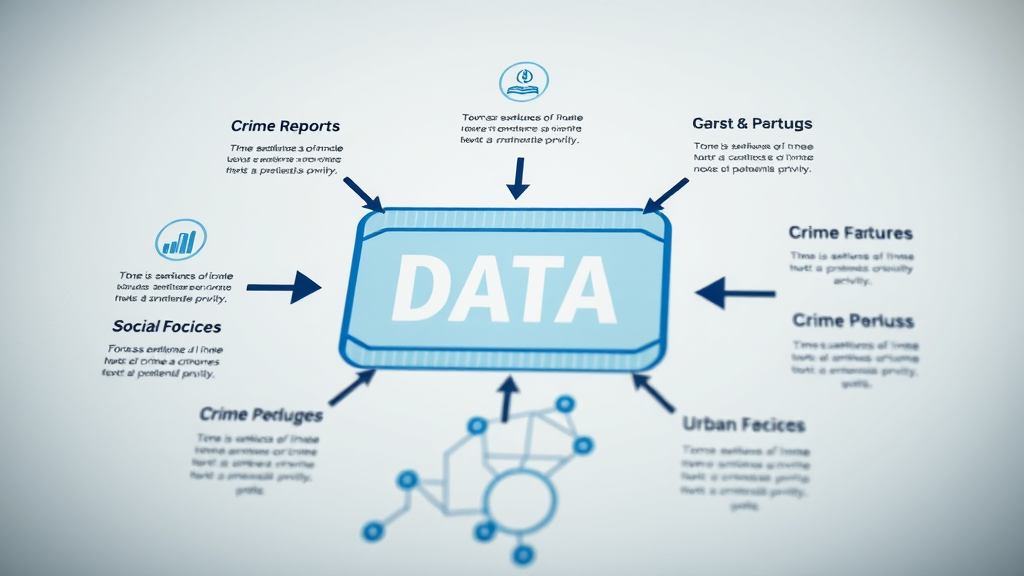
Enhancing Public Safety with Technology
Utilizing Body Cameras for Accountability
Body cameras have become an essential tool for enhancing transparency and accountability in law enforcement.
Benefits of Body Cameras:
Provide objective documentation of police interactions.
Foster trust between law enforcement and communities.
Assist in legal cases by providing video evidence.

Drones for Surveillance and Search Operations
Drones are now being utilized in various law enforcement operations, from surveillance to search and rescue missions.
Advantages of Police Drones:
Aerial surveillance for large crowds and events.
Efficient search operations in difficult terrains.
Enhanced situational awareness and response capabilities.
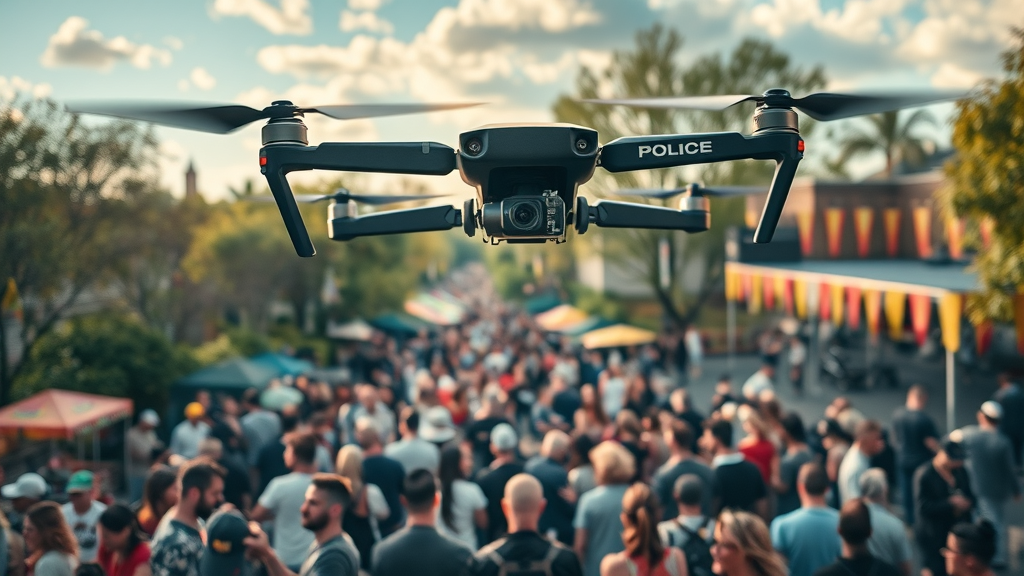
The Ethical Implications of Technology in Law Enforcement
Balancing Public Safety and Civil Rights
As technology advances, law enforcement agencies face the challenge of balancing public safety with civil liberties.
The Debate Over Surveillance and Privacy
The use of surveillance technologies raises questions about privacy and civil rights. Law enforcement must navigate these issues carefully to maintain public trust.

Community Perception and Trust in Law Enforcement
Building trust between law enforcement and communities is essential for effective policing. Transparency in how technology is used can enhance community relations.
Future Trends in Law Enforcement Technology
Emerging Technologies and Their Potential Impact
The future of technology in law enforcement is promising, with several emerging technologies on the horizon.
Artificial Intelligence and Machine Learning
AI and machine learning are set to play a significant role in enhancing policing capabilities, from predictive analytics to automated decision-making.
The Internet of Things (IoT) in Policing
The IoT can create interconnected systems for real-time data sharing among law enforcement agencies, enhancing situational awareness and response times.
Conclusion: The Path Forward for Law Enforcement Technology
“Technology has the potential to enhance public safety and improve law enforcement operations, but it must be balanced with respect for civil liberties.”
“As we integrate more technology, police departments must engage with the communities they serve to build trust and transparency.”

Key Takeaways:
Technology significantly enhances law enforcement capabilities.
Data analytics and machine learning are revolutionizing crime prevention.
Ethical considerations are paramount to maintain public trust.
The future of policing will heavily rely on emerging technologies.
Frequently Asked Questions (FAQs)
How has technology improved police response times?
Technology allows for real-time data analysis, enabling quicker allocation of resources.What role do body cameras play in law enforcement?
Body cameras enhance accountability and transparency, providing evidence for interactions between officers and the public.Are drones used for surveillance in all police departments?
While many departments utilize drones, their use varies based on local regulations and department policies.How does predictive policing work?
Predictive policing uses algorithms to analyze historical crime data to identify potential future crime hotspots.What are the ethical concerns surrounding technology in law enforcement?
Key concerns include privacy rights, surveillance overreach, and the potential for abuse of technological tools.
By exploring these elements of technology in law enforcement, we can better understand its implications for communities and the future of policing.
 Add Row
Add Row  Add
Add 




Write A Comment